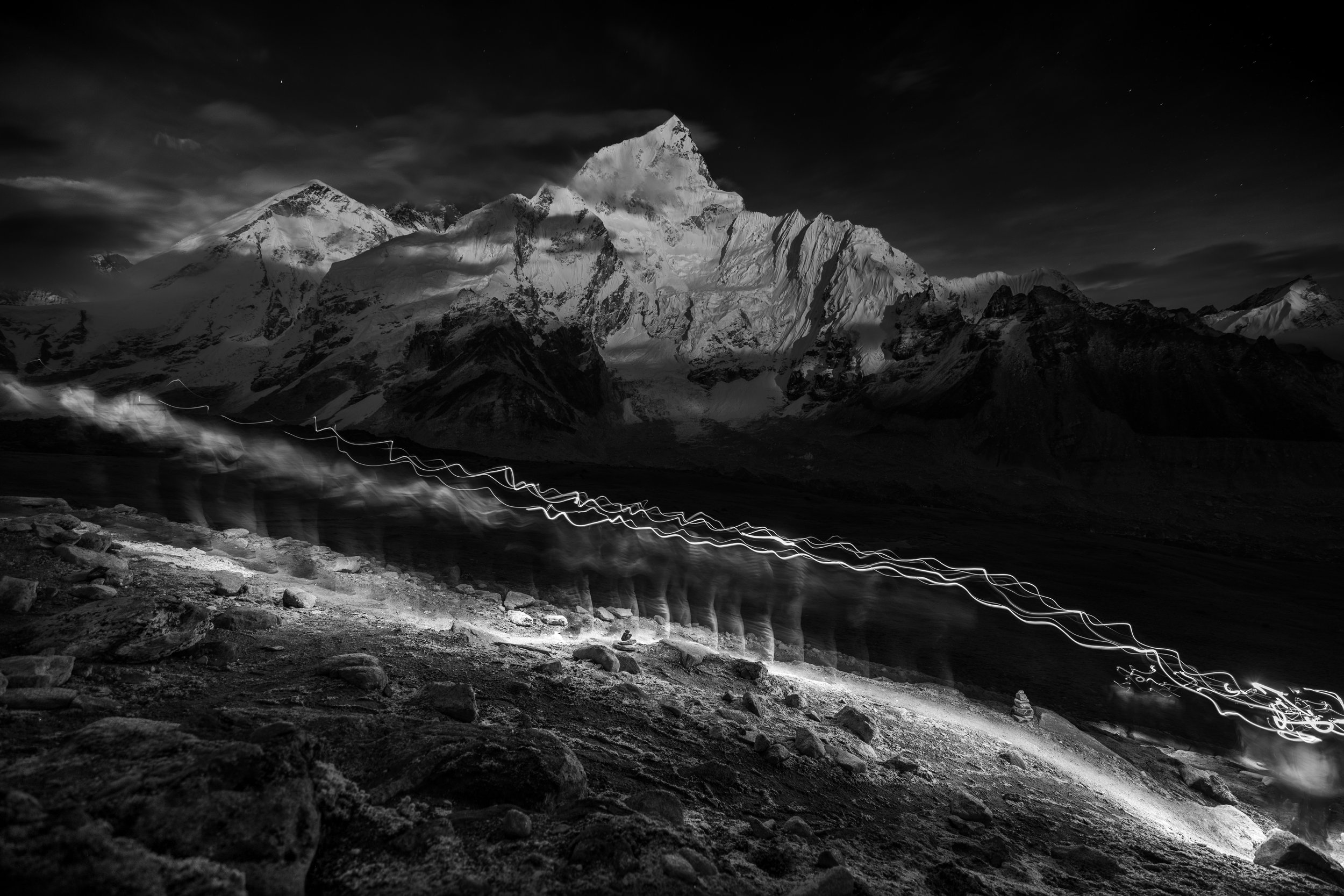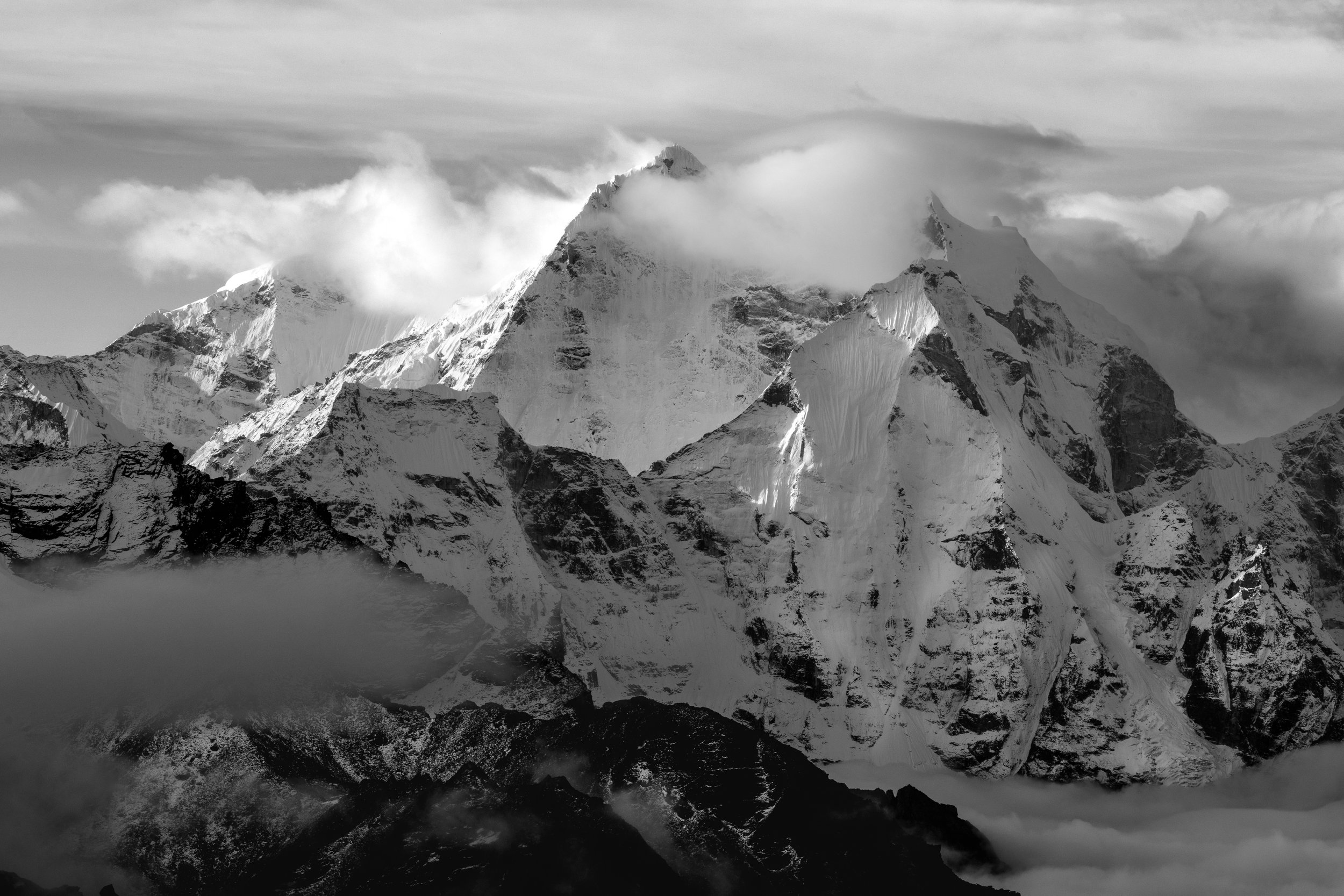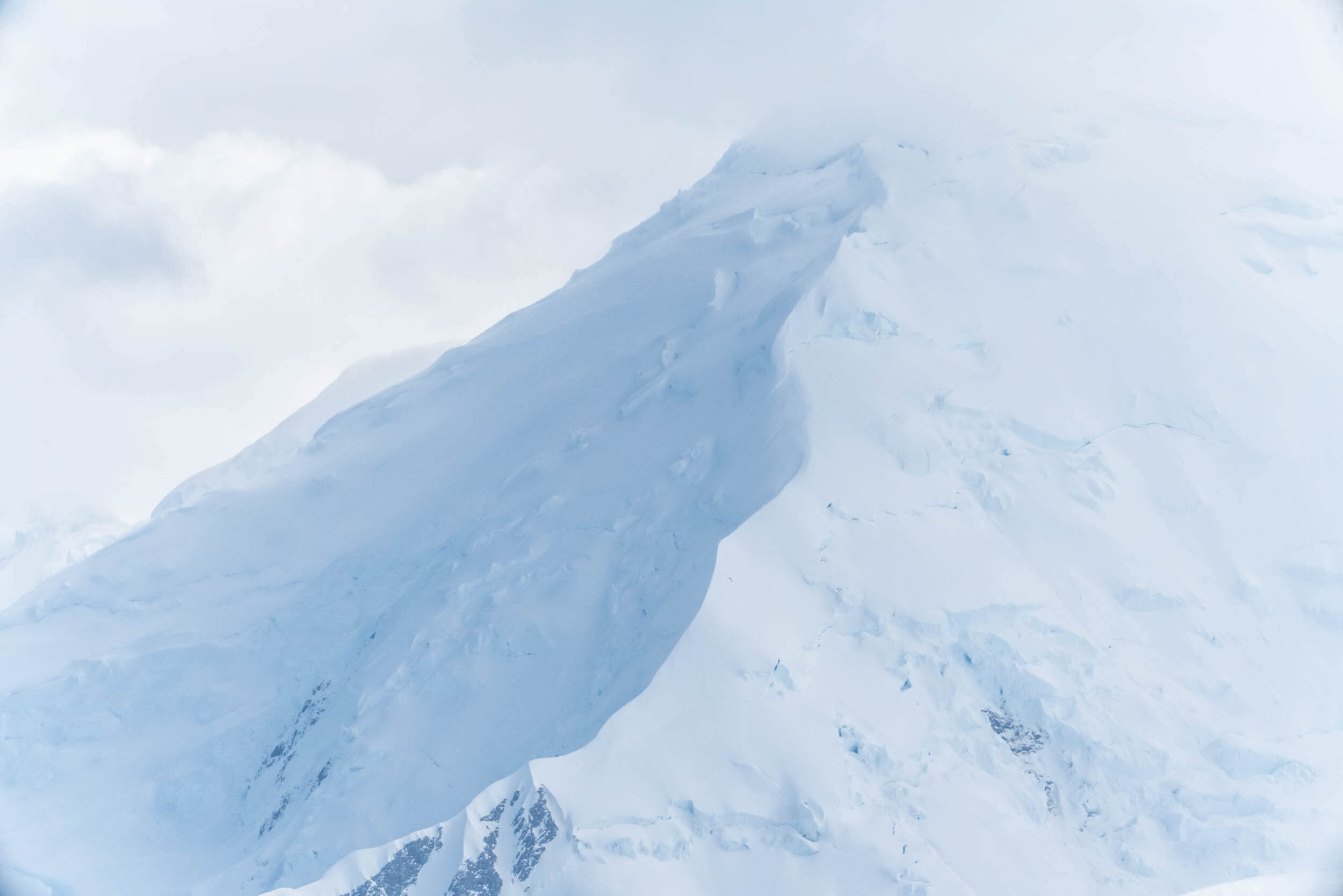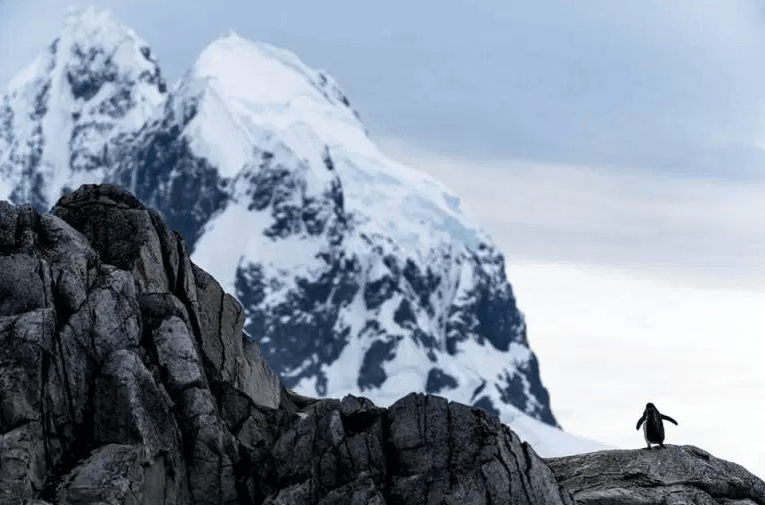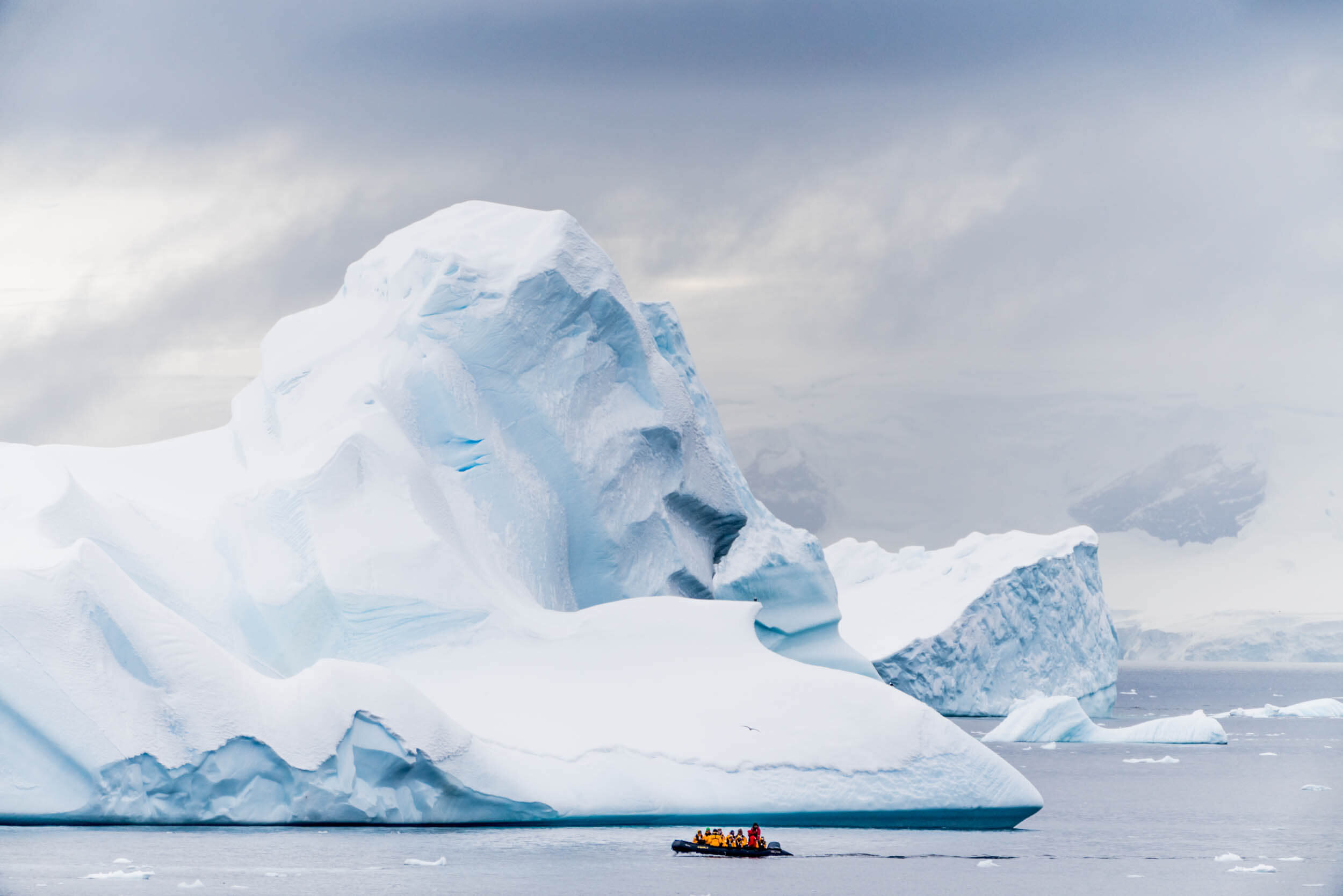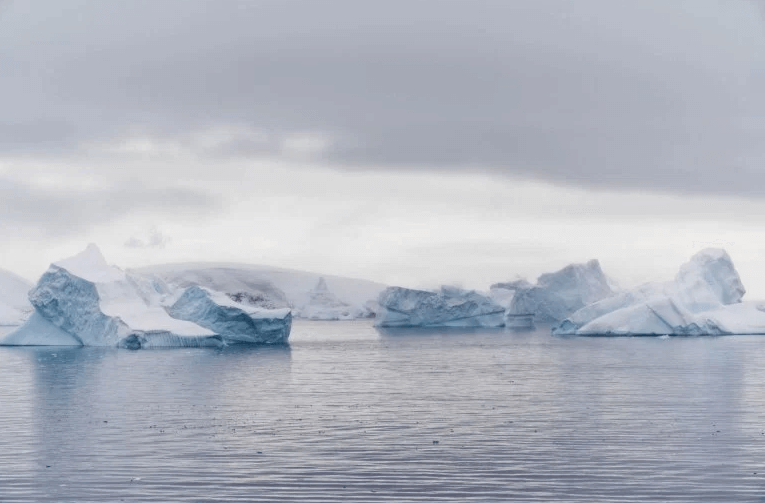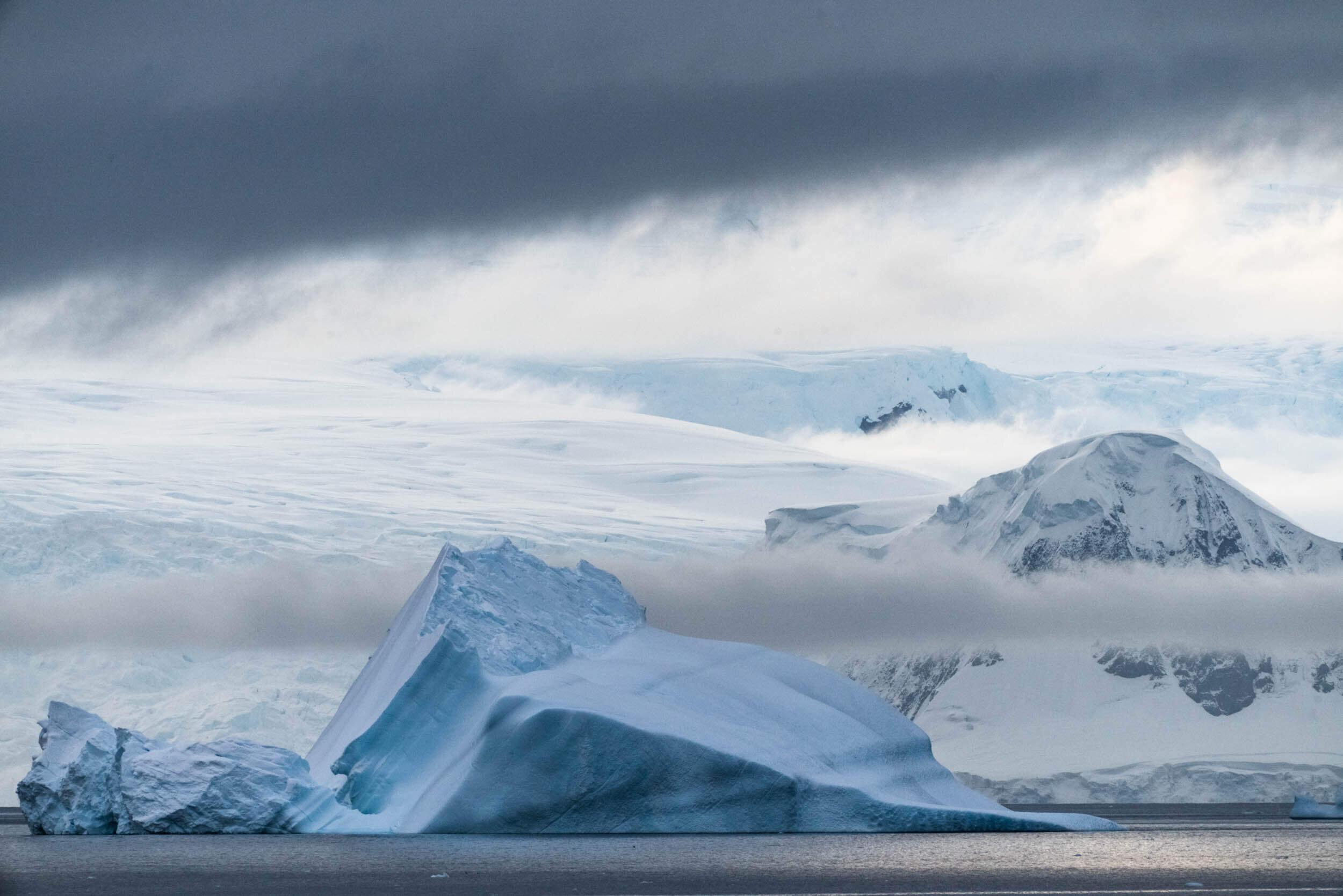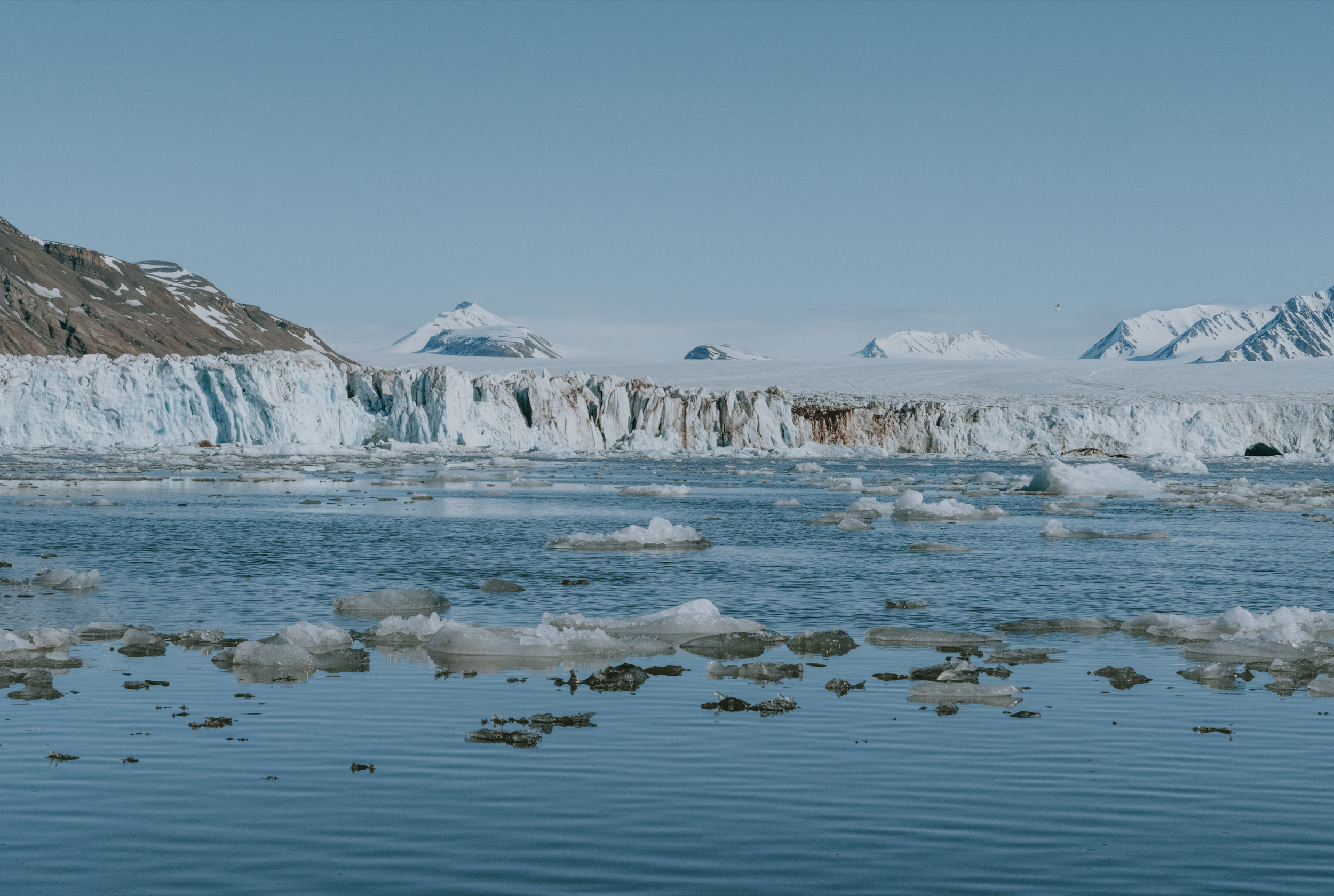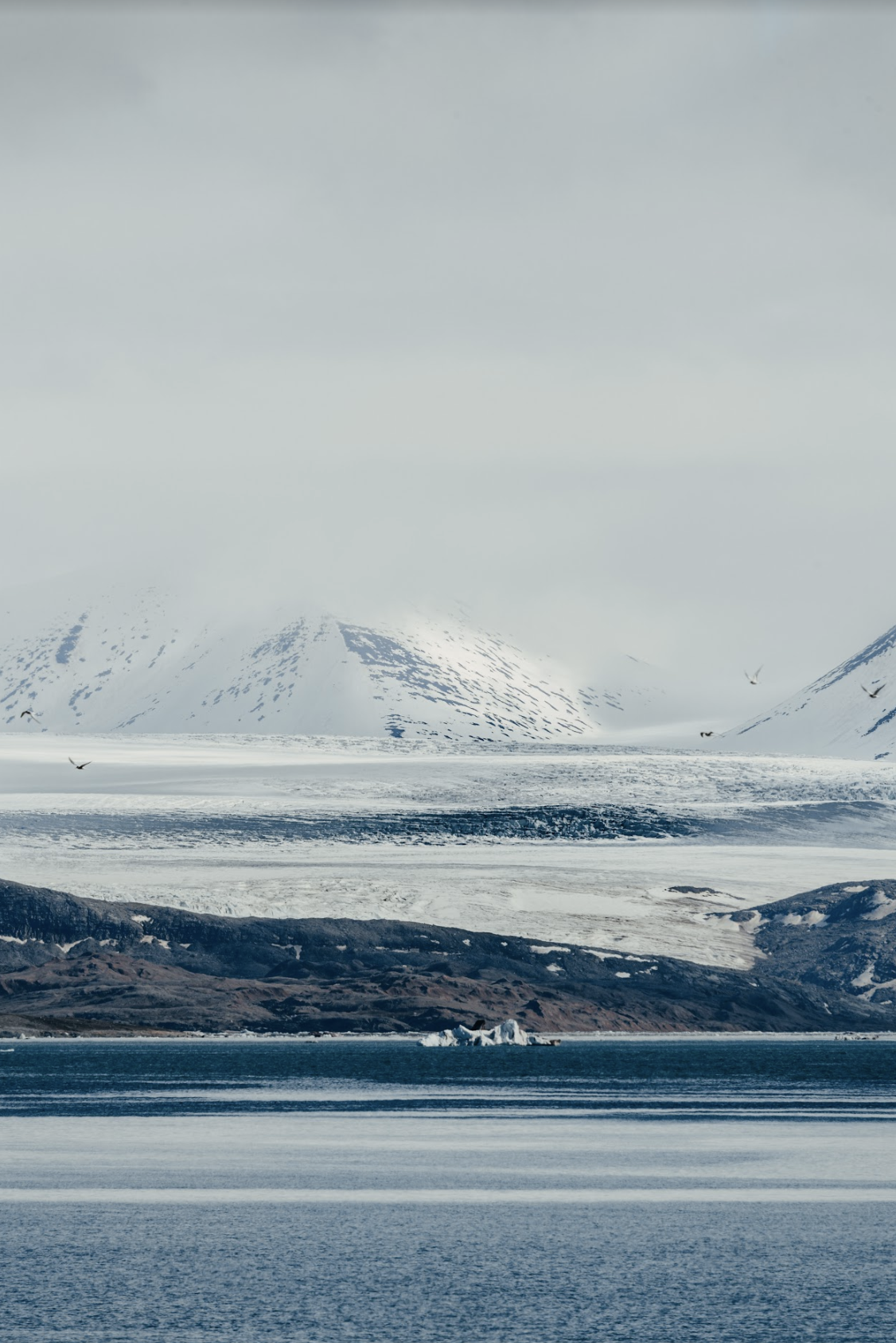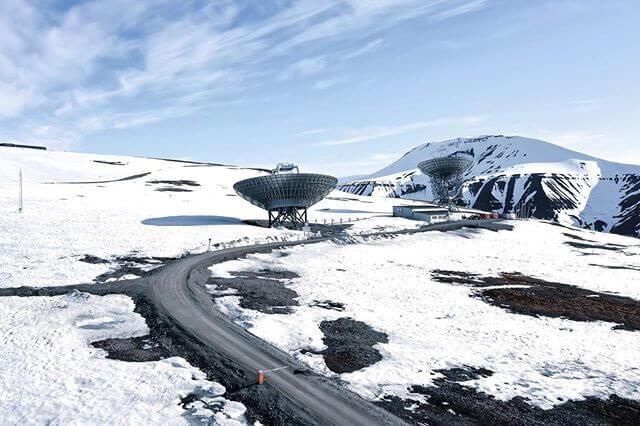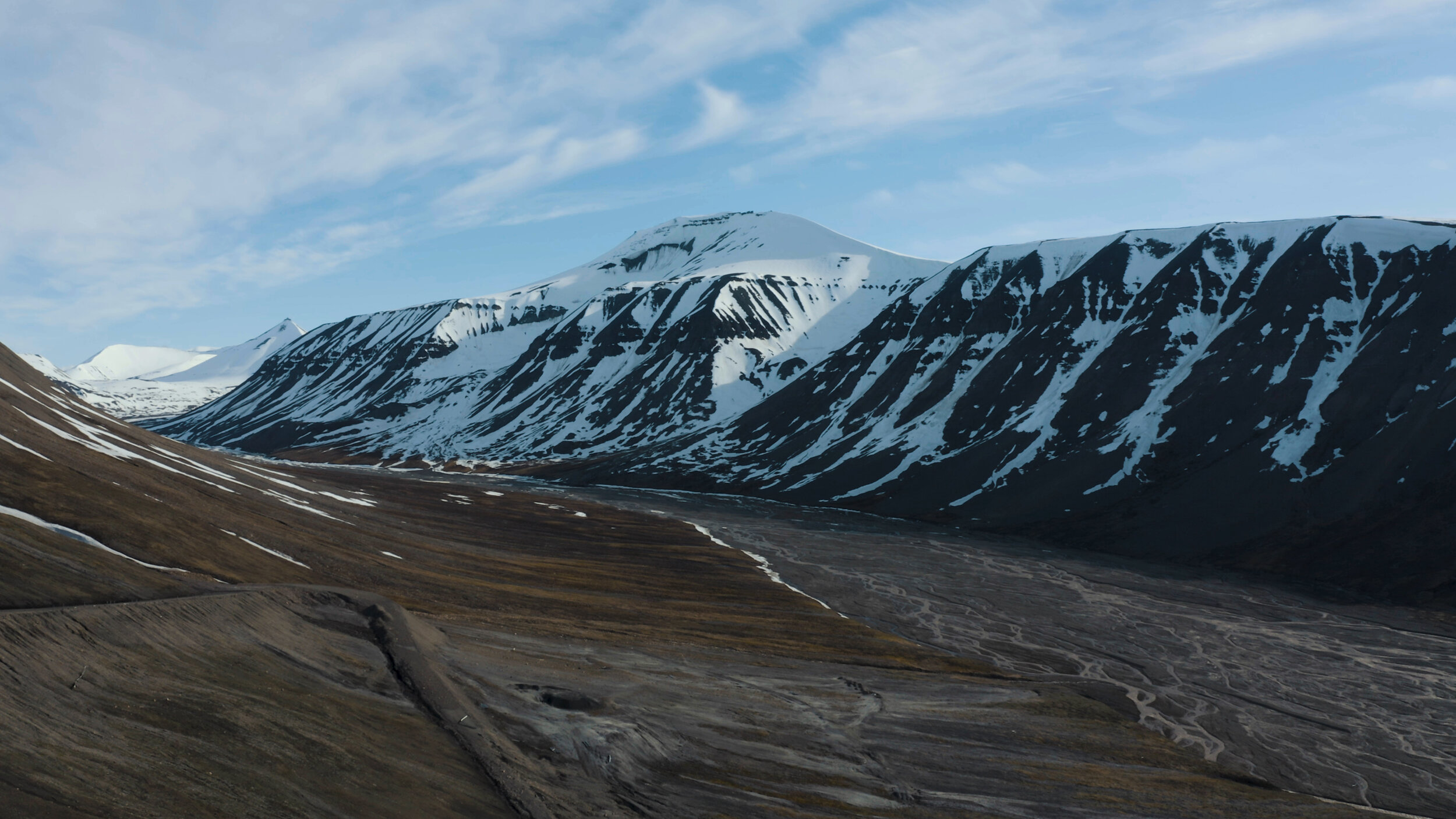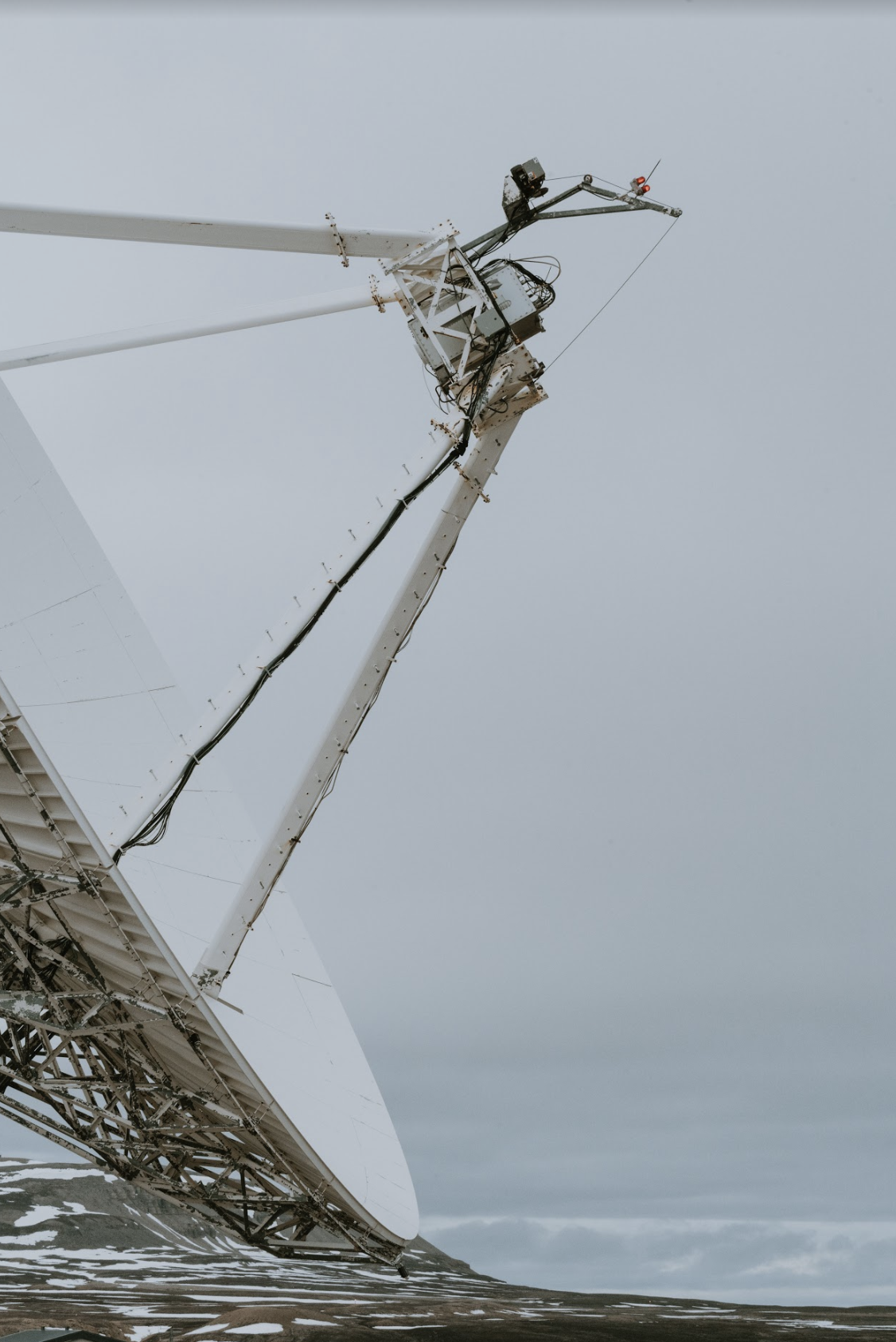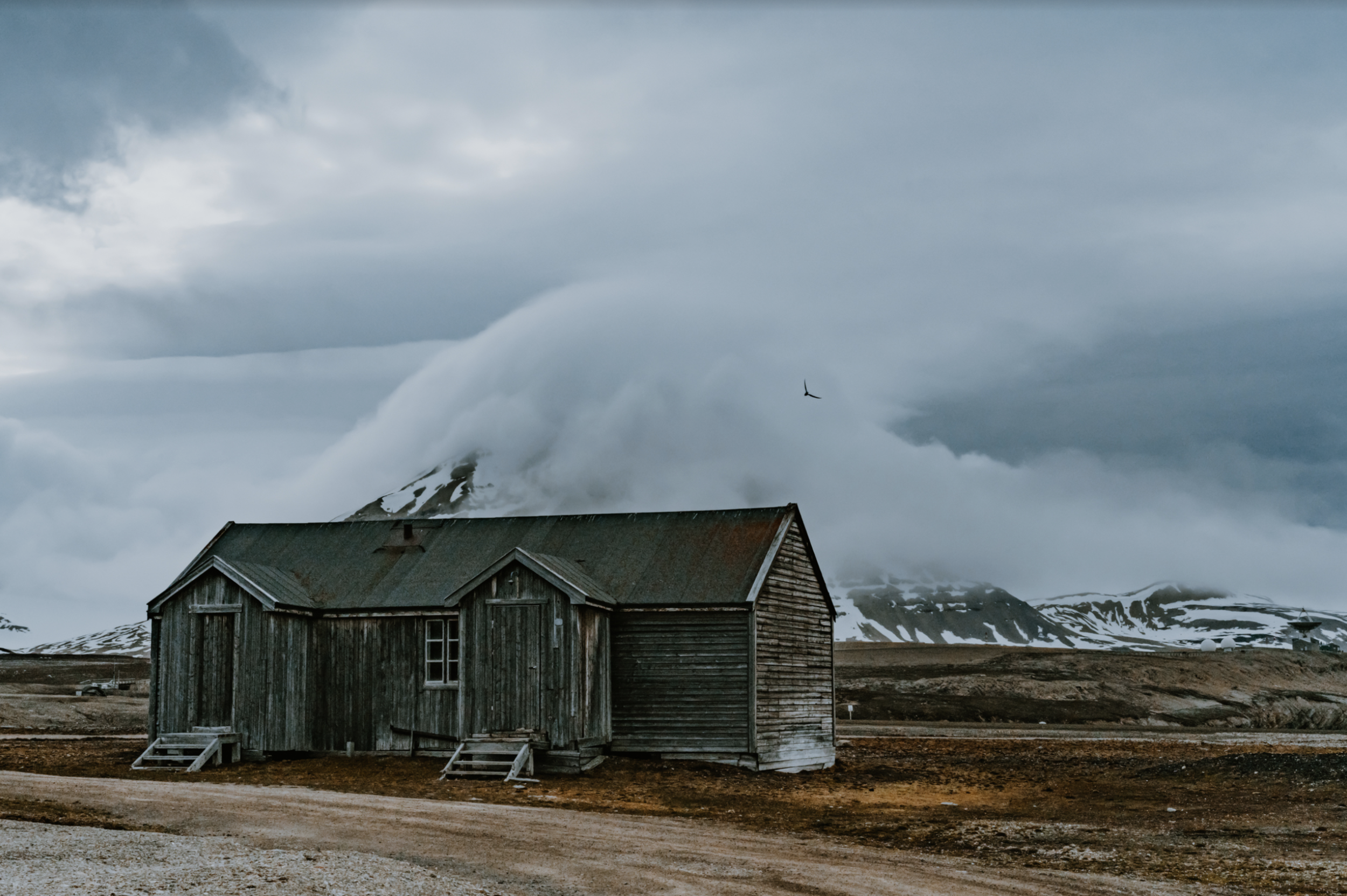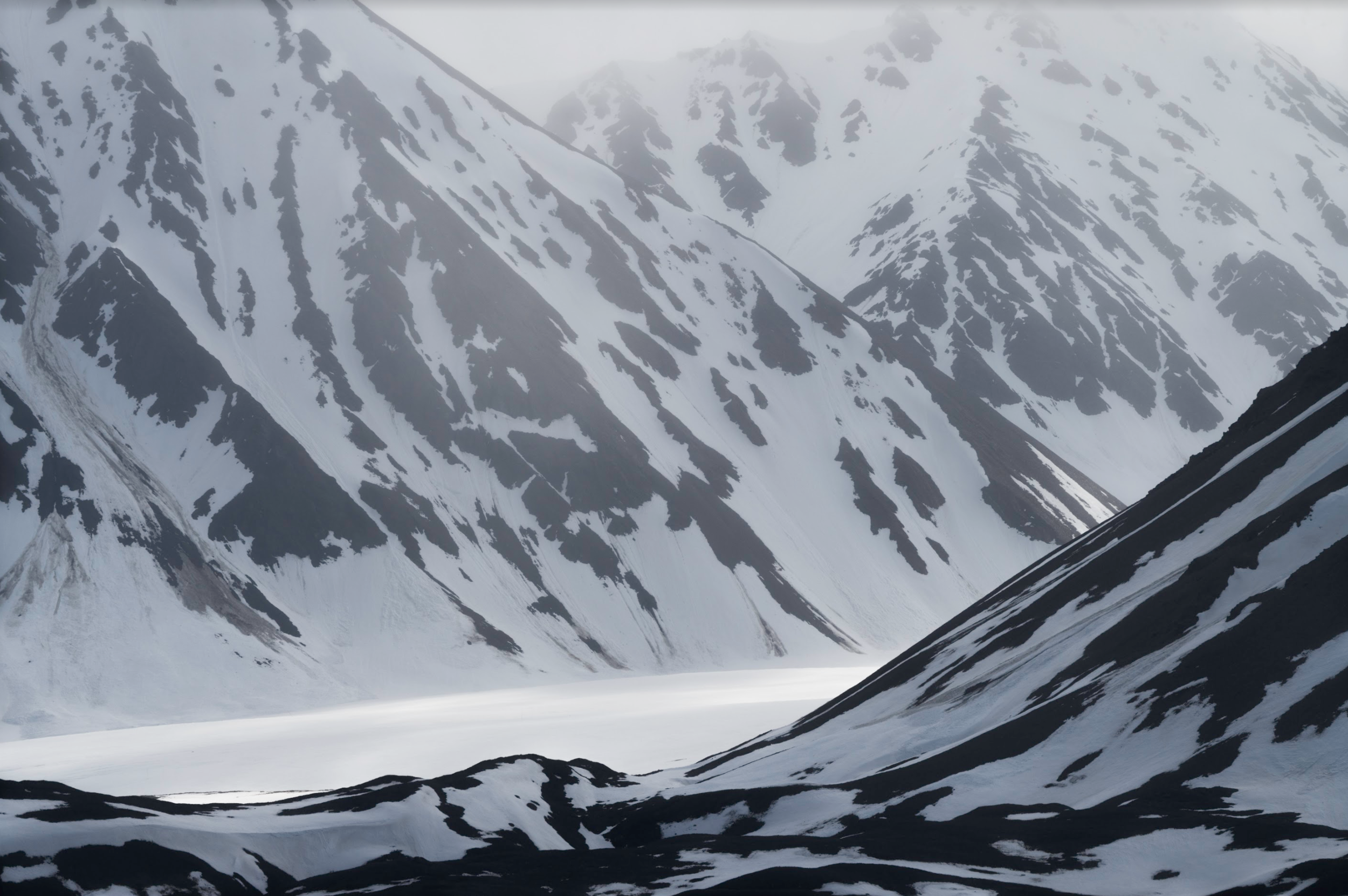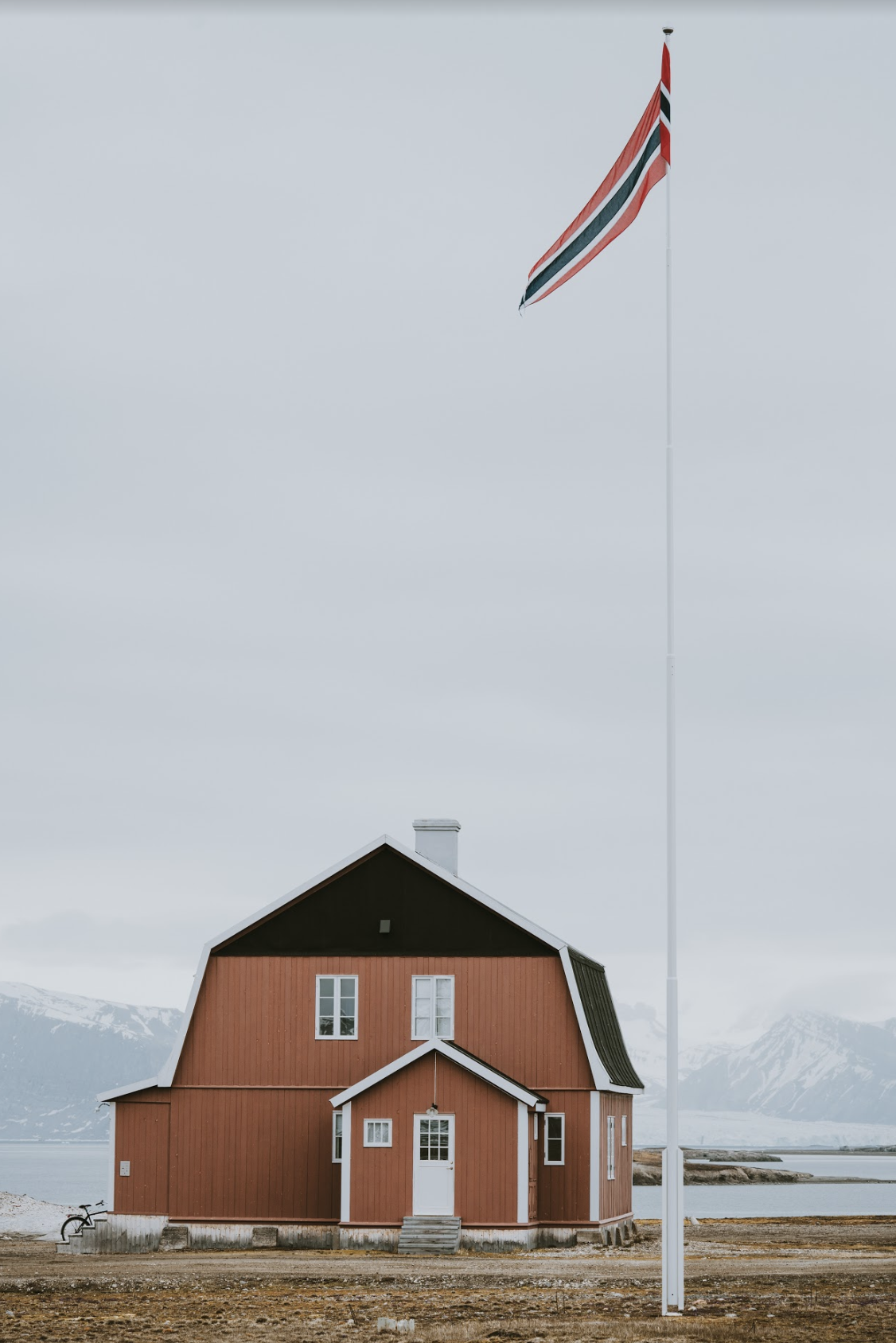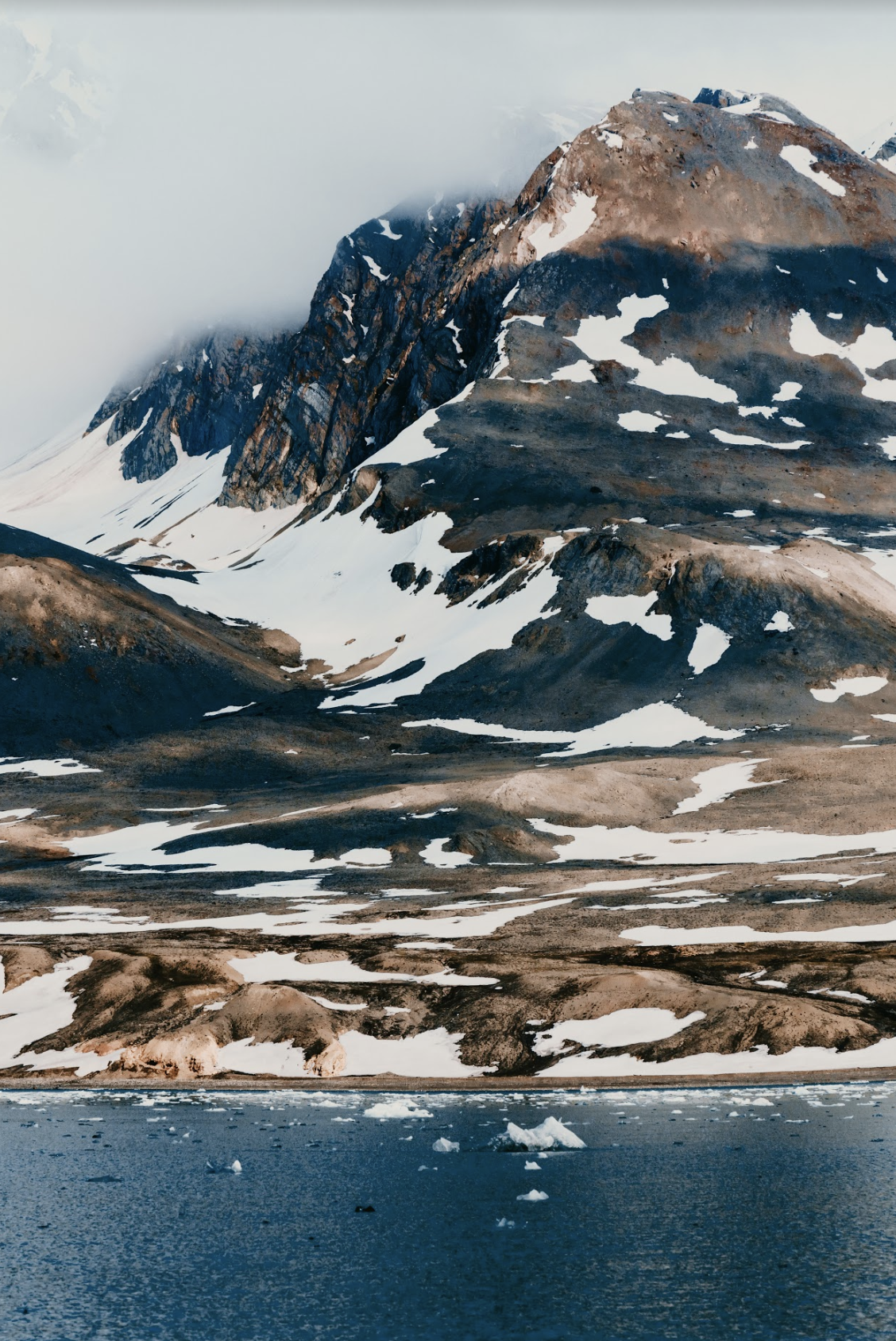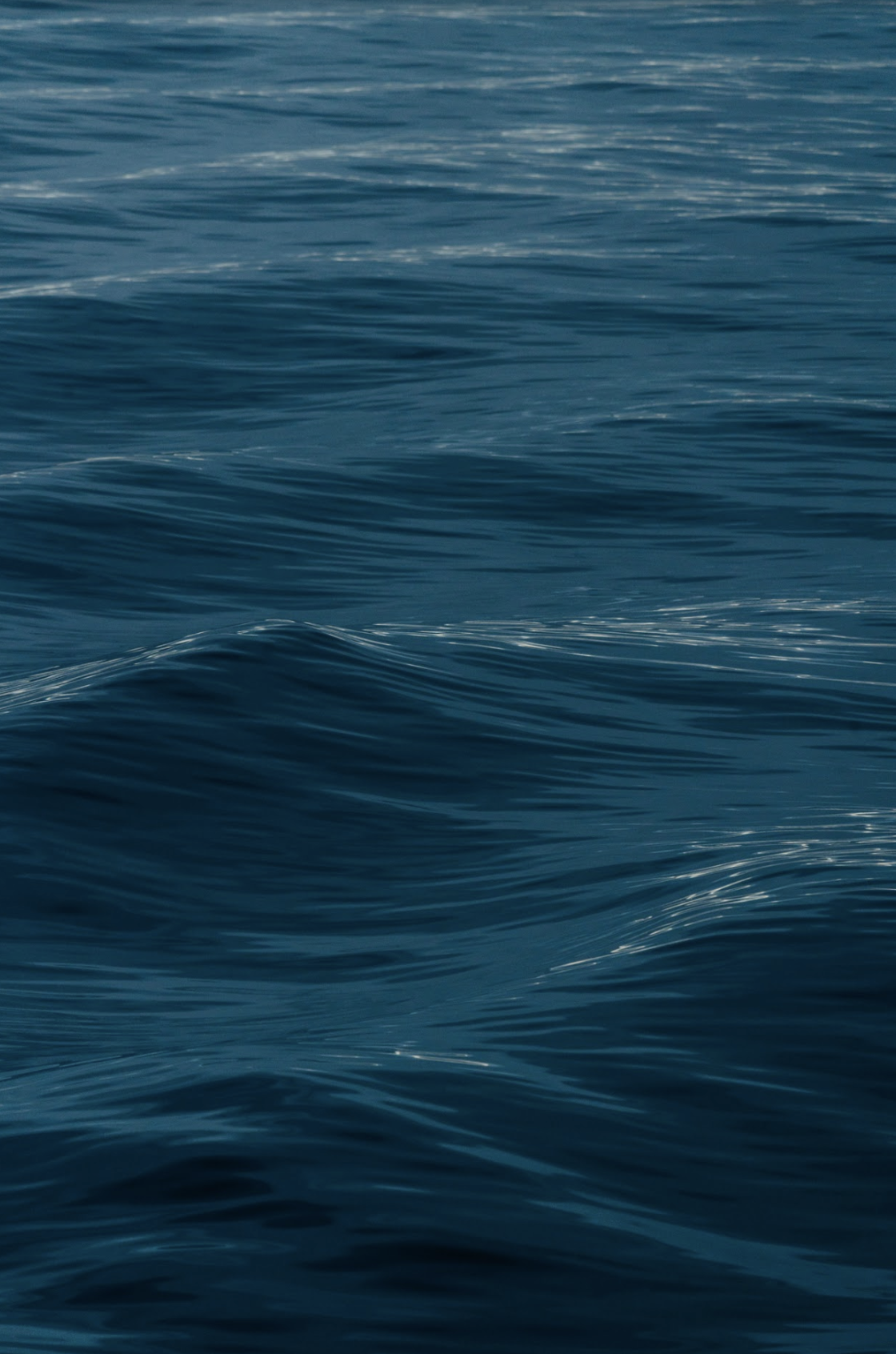#2 — ANTARCTICA LOCKS DOWN
In this episode, we hear once again from Matthew Phillips of the British Antarctic Survey (BAS), who has been turned around from his journey south to Antarctica due to fears over the COVID-19 reaching the seventh continent. Antarctica has officially locked down for winter with extreme measures being taken to keep the virus out. We heard from Matthew in Episode 1 when he was in self-isolation in the Falkland Islands, before preparing to head South for the long winter season. He was due to take up his post as the Winter Manager at Rothera Research Station in the Antarctic Peninsula along with a team of “winterers”, who look after the remote base during sub-zero temperatures and months of darkness from March to October. But all did not go to plan. We find out what happened next.
Subscribe, share and if you like this episode, please post a 5* rating on Apple Podcasts or at ratethispodcast.com/twopoles.
Follow @two_poles @farfeatures & support https://www.patreon.com/farfeatures
EPISODE NOTES
• Antarctic turnaround
• A lonely journey home during lockdown
• Antarctica locks down for winter season
• Disruptions to decades-long science studies?
• Specialists at Plan B
• Antarctic climate science post-pandemic
South Georgia by Matthew Phillips Photography
ANTARCTICA LOCKS DOWN
As COVID-19 continues to surge across the world, Antarctica remains the only virus-free continent on Earth. But what does this mean for the climate science research community?
All claimant nations of Antarctic territories have now reported cases of COVID-19 within their homelands: Argentina, Australia, Chile, France, New Zealand, Norway, and the United Kingdom.
The Antarctic human populace is made up of scientific research staff working on bases spread throughout the autonomous region, which is owned by no single nation and governed by the Antarctic Treaty.
“Special measures have been taken to ensure COVID-19 does not reach the continent,” said Matthew Phillips, who works as the Winter Station Manager at Rothera Research Station for the British Antarctic Survey (BAS).
Six months after first being detected in Wuhan, COVID-19 has infected nearly four million people and killed more than 280,000, but Antarctica is currently virus-free. However, science research personnel have been affected. Matthew is one of them. He was due to be on the last people to travel south for the long winter season in April, however, he has since been turned back home.
In April, he was in self-isolation in the Falklands Islands when news broke of the first case on the remote British outpost, which is also used as a jump-off point for many research base staff en route down to Antarctica.
In following days in late April, Matthew began the long journey back home to Scotland. He and his pilot flew a BAS aircraft to Senegal and then onto the United Kingdom. They hired a car and made the lonely drive along deserted motorways to Matthew’s final destination of Fort William.
Meanwhile, winter is coming to the seventh continent. The long dark season approaches, and the last airplanes and supply ships depart, leaving BAS winterers cut off from the world.
But what effect will COVID-19 have on Antarctic climate science?
“There won’t be any loss from our base at Rothera for this year, but looking ahead to 2021 there may be a knock-on effect. It’s too early to tell. Compromises may have to be made next summer season depending on what happens back in the UK controlling the virus and how that affects decisions that need to be made with operations down in Antartica.”
BAS issued a media statement May 1, bolstering its Antarctic COVID-19 response.
“Every Antarctic research operator is facing these same challenges. The safety of our staff and keeping COVID-19 out of Antarctica are our top priorities. Working in Antarctica is always challenging and we are used to being flexible and adaptable. That said, the whole world faces the most extraordinary challenge. Every day our knowledge of this virus changes and we don’t know how things will progress. The Antarctic research community is resilient and I know that everyone will do their best to maintain, as much as is possible, our critically important operations and science programmes,” Director of BAS, Professor Dame Jane Francis said.
“Halley and Signy Research Stations have already closed for the Antarctic winter in April. The last of the BAS aircraft has left Antarctica. Winter operations have begun at Rothera, Bird Island and King Edward Point Research Stations. These stations are currently clear of COVID-19. BAS have also updated their 2020/2021 plans to ensure operations and climate science can still be carried over the next year.”
In addition, BAS reported heightened health checks for staff travelling South for next summer season with, “Robust pre-deployment health screening protocols” in order to “avoid exposing over-wintering staff to the virus when the summer teams arrive at stations”.
Additional new measures will include: “Pre-screening, testing and stringent isolation measures for incoming staff. In addition...we will review and minimise where possible negative impact on science, construction, and future operations, with particular emphasis on avoiding irreversible damage to science or operational infrastructure.”
In recent days, the media department at BAS has been flooded with enquiries as the eyes turn to the last continent on Earth where the virus has yet to reach.
“There is a lot of interest at the moment,” Matthew said, “And that's probably largely because it's the only place that doesn't have the virus. There will be no change for our people who are already on base down in Antarctica. They will live out the winter season, which is a strange enough experience to re-enter the world after, but this time they will be coming back during a pandemic. If the UK is still in lockdown in six months, then I think people will find it interesting that there’s this group of people down in Antarctica who have been living unaffected by the virus at all. They are going to come back to find a vastly different worLd. It’s always difficult enough to come back after an Antarctic winter, never mind when the world has completely changed.”
NOTES
A full list of nations’ response to COVID-19 in Antarctica can be found at polarconnections.org.
Concerns about COVID-19 reaching Antarctica are not without precedent. In the Arctic, there has been evidence of the 1918 Spanish Flu Pandemic found locked in frozen ice, and other biosecurity issues, including Anthrax poisoning found in frozen reindeer carcasses in Siberia.
In August 2016, in a remote corner of Siberian tundra called the Yamal Peninsula in the Arctic Circle.
“A 12-year-old boy died and at least twenty people were hospitalised after being infected by anthrax. The theory is that, over 75 years ago, a reindeer infected with anthrax died and its frozen carcass became trapped under a layer of frozen soil, known as permafrost. There it stayed until a heatwave in the summer of 2016, when the permafrost thawed.”
Scientists Describe How 1918 Influenza Virus Sample Was Exhumed In Alaska

